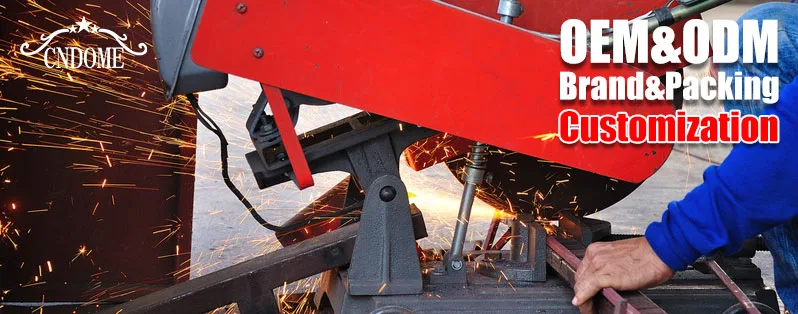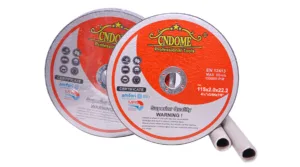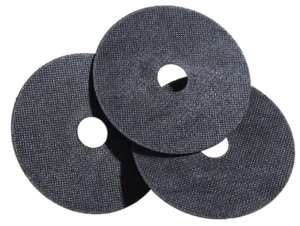Angle grinders are versatile power tools that have become indispensable in various industries and DIY projects. When it comes to cutting through metal with precision and efficiency, the choice of the right cutting disc plays a pivotal role. In this blog post, we’ll explore the world of metal cutting discs for angle grinders, understanding their types, features, and tips for optimal performance.
Types of Metal Cutting Discs:
1. Abrasive Discs:
These are the most common type of cutting discs and are ideal for cutting through metal, steel, and other materials. They use abrasive particles, such as aluminum oxide or silicon carbide, to wear away the material.
2. Diamond Discs:
For more robust and heavy-duty cutting tasks, diamond discs are the go-to choice. They utilize diamond-tipped blades to cut through hard metals like stainless steel and provide superior precision.
3. Thin-Cut Discs:
If precision is your priority, thin-cut discs are designed for clean and accurate cuts. They reduce material wastage and generate less heat during cutting, minimizing the risk of distortion.
4. Flap Discs:
Combining grinding and finishing in one, flap discs are versatile tools. They are excellent for both stock removal and finishing applications, making them suitable for a range of metal cutting tasks.
Features to Consider:
1. Diameter and Thickness:
Choose the right disc size based on the diameter of your angle grinder. Additionally, consider the thickness of the disc, as thinner discs tend to cut faster but may wear out quicker.
2. Material Compatibility:
Ensure that the cutting disc is suitable for the type of metal you’re working with. Different materials may require specific abrasives or coatings for optimal performance.
3. Arbor Size:
The arbor size of the cutting disc should match the arbor size of your angle grinder. Using the correct size ensures a secure fit and prevents accidents during operation.
4. Speed Rating:
Check the maximum speed rating of the cutting disc and ensure it is compatible with your angle grinder. Exceeding the speed rating can lead to disc failure and pose safety risks.
Tips for Optimal Performance:
1. Safety First:
Always wear appropriate personal protective equipment, including safety glasses, gloves, and hearing protection, when operating angle grinders with cutting discs.
2. Proper Installation:
Follow the manufacturer’s instructions for installing cutting discs. Ensure the disc is securely mounted and aligned with the arrow on the grinder.
3. Controlled Pressure:
Apply steady and controlled pressure while cutting. Avoid excessive force, as it can lead to premature wear of the disc and compromise the quality of the cut.
4. Regular Inspections:
Periodically inspect the cutting disc for signs of wear, damage, or warping. Replace the disc if any abnormalities are detected.
Conclusion:
Choosing the right metal cutting disc for your angle grinder is crucial for achieving precise and efficient results. By understanding the types, features, and following proper usage guidelines, you can unleash the full potential of your angle grinder and tackle metal cutting tasks with confidence. Whether you’re a professional tradesperson or a DIY enthusiast, the right cutting disc is your key to unlocking a world of precision and productivity.



